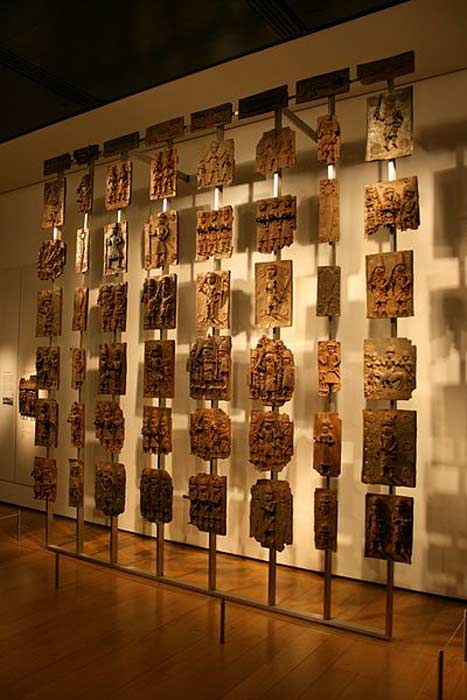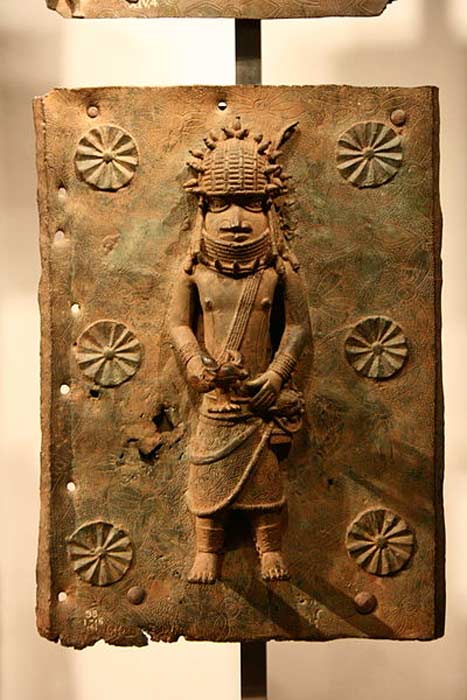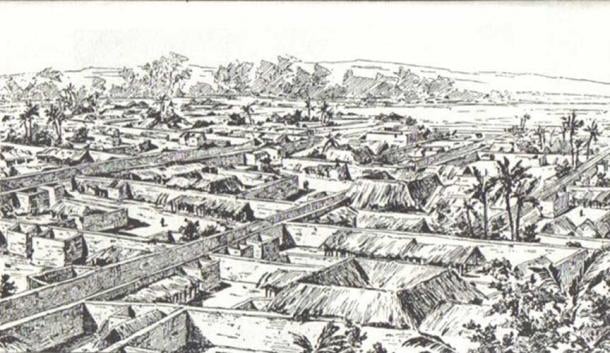The British Museum in London is rewriting history to appear in a better light and defend itself against demands to return objects to their countries of origin. This is the conclusion of a new PhD thesis in archaeology from the University of Gothenburg.
‘Manipulation of the past is not a new phenomenon. The most infamous examples of this can be found in the ways totalitarian states often record their history, like when the Soviet government retouched photos in order to remove persons who had become undesirable. But that museums revise their own history in a similar way has never been documented before,’ says Staffan Lundén, author of the thesis.
The study looks at the British Museum’s representation of the so-called Benin Bronzes. The objects became known in Europe after the Britons conquered and looted Benin City in present-day Nigeria in 1897. Many of them ended up at the British Museum, and today some of them belong to the most well-known objects in the museum’s collection. They have come to play a key role in the discussion on who owns the cultural objects that were looted from various countries during colonial times.

Benin Bronzes at the British Museum. (Mike Peel/www.mikepeel.net)
The British Museum’s version unfounded
Today the museum promotes the view that the Western world’s discovery of the sophisticated Benin Bronzes helped change the prevailing view of Africans as inferior. The museum’s own scholars are assigned critical roles in the important discovery that the objects indeed were of African origin and not the result of external influences.
- Controversy Reignites as British MPs Propose Finally Returning Ancient Parthenon Marbles to Greece
- Tattooed Maori head returns to New Zealand from British Museum
- Iceman Inheritance : Prehistoric Sources of Western Man's Racism, Sexism and Aggression
‘Nobody has ever looked closer at whether the museum’s story is true. My review of the scholarly texts about the Benin objects that were published in the early 1900s shows that the British Museum’s representation of history is completely unfounded.’
The source material, which also includes other publications from the museum, mainly guide books, instead reveals that the museum for a long time promoted a hierarchical view of the world that held Western culture as superior. The scholars at the museum who in the early 1900s wrote about the Benin objects claimed that they were a result of Portuguese influences.

A Benin Bronze plaque on display in the British Museum . (Michel wal /CC BY SA 3.0 )
Legitimised derogatory stereotypes
Lundén’s research also shows that the museum’s scholars did not help change the view of Africans. Instead they spread and gave scientific legitimisation to the stock stereotypes of Africans, such as the likening of Blacks to apes.
‘It’s remarkable that the museum’s so-called information about itself and the history of the Benin objects is totally contradicted by the source material. The study shows that the views conveyed by the museum are strongly characterised by wishful thinking, by the museum’s own traditions and by Western cultural values.’
- Did British soldiers plunder Amphipolis Tomb in 1916?
- Medieval Sword contains Cryptic Code. British Library appeals for help to crack it.
- The Mentor Shipwreck and the Disastrous Journey of the Parthenon Marbles to Britain

Experts inspecting the Rosetta Stone during the International Congress of Orientalists of 1874. (Public Domain )
‘Reason to be critical’
The museum’s need for arguments against the return of objects is a strong driver of its rewriting of history and glorification of its past. According to Neil MacGregor, director of the museum until last year, the Benin objects exemplify how the British Museum ever since its opening in 1753 has promoted tolerance and respect for cultural differences. Thus, he that the objects provide a ‘key argument’ against the return of objects in the museum’s collections.
Paradoxically, Lundén concludes, while the statement of objectivity and impartiality is central to the museum’s defence against the return of objects, it seems that the ownership issue strongly contributes to the biases in its representations.

The Parthenon Marbles on display in the British Museum, London. ( Public Domain ) There was controversy in July 2016 when British MPs proposed returning the artifacts to Greece.
‘The public tends to hold museums in high regard. They are considered trustworthy sources of impartial and scientifically based information. This is particularly true for big and well-known museums like the British Museum. But there’s definitely reason to be critical of the knowledge they convey,’ he says.

Benin Bronzes is the most common name for the objects looted from Benin City in 1897, but they were executed in many different materials: brass, bronze, coral, ivory, coral, terracotta, textile, wood etc. They are dated to the period from the late 15th century to the 19th century and were used for a variety of political and ritualistic purposes in the Benin kingdom. Some objects were placed on altars, some were used in ceremonies and others were wall decorations in a former royal palace.

Drawing of Benin City made by an English officer 1897. ( Public DomaPast

No comments:
Post a Comment